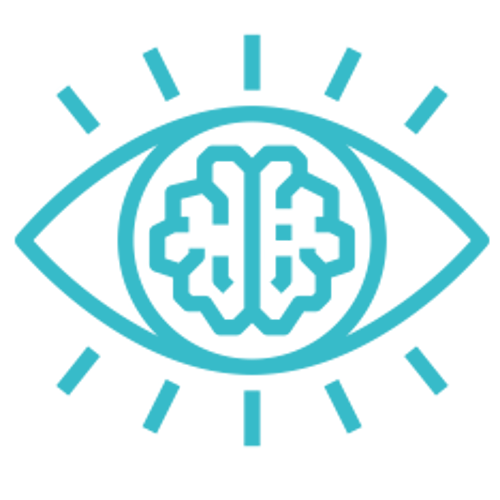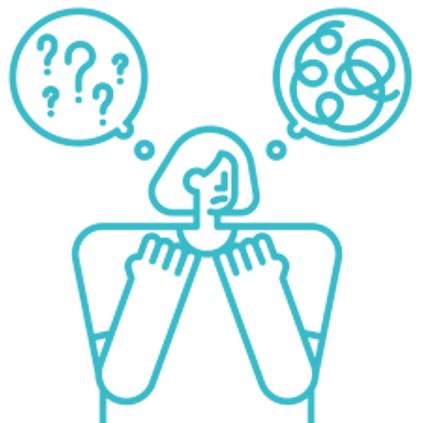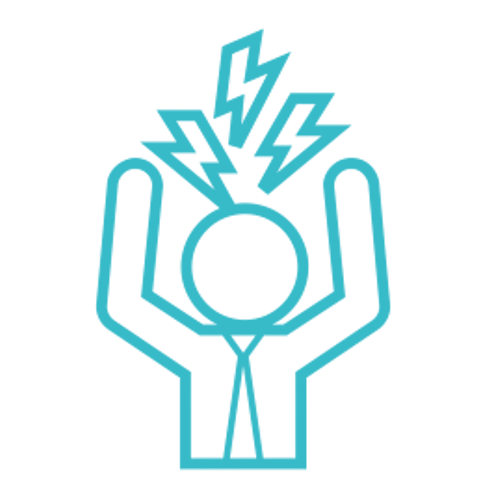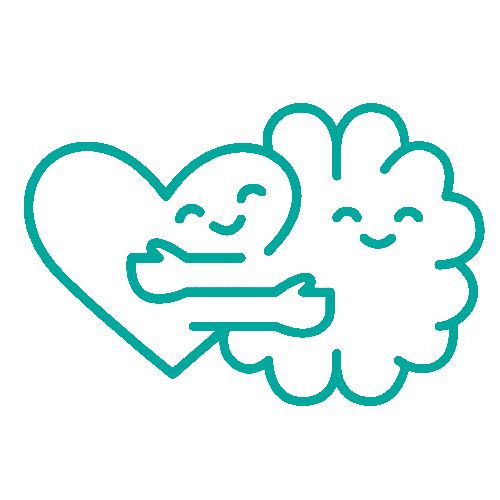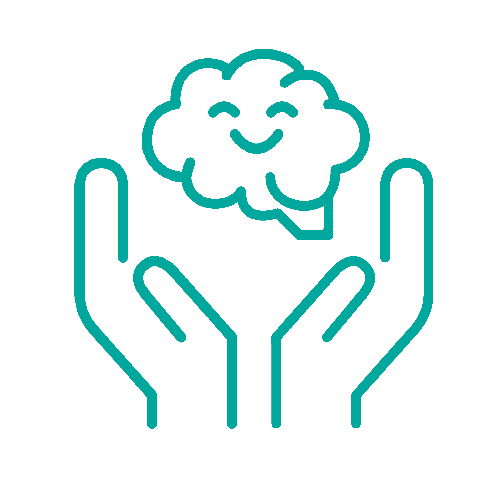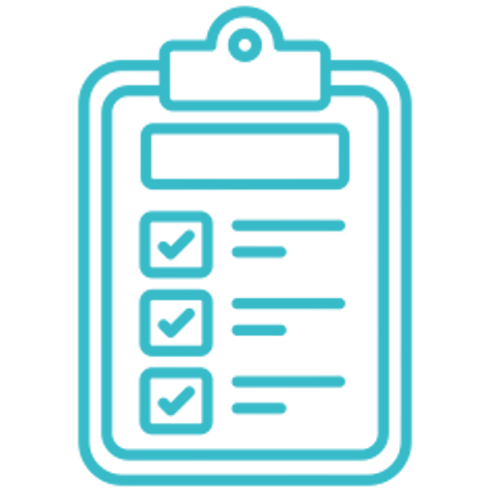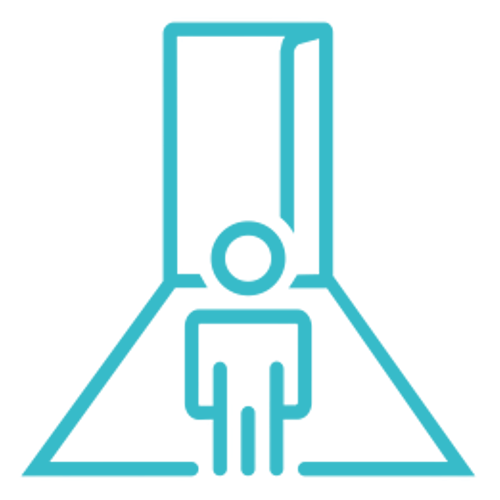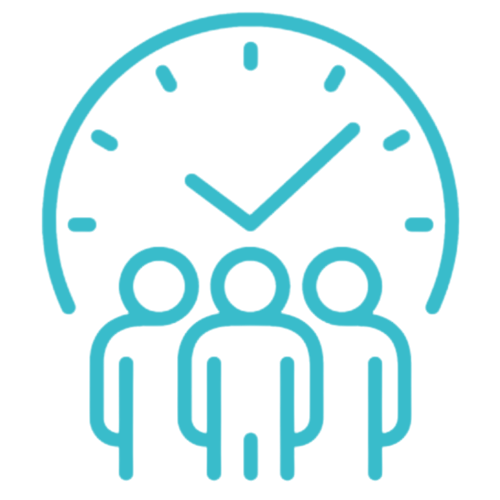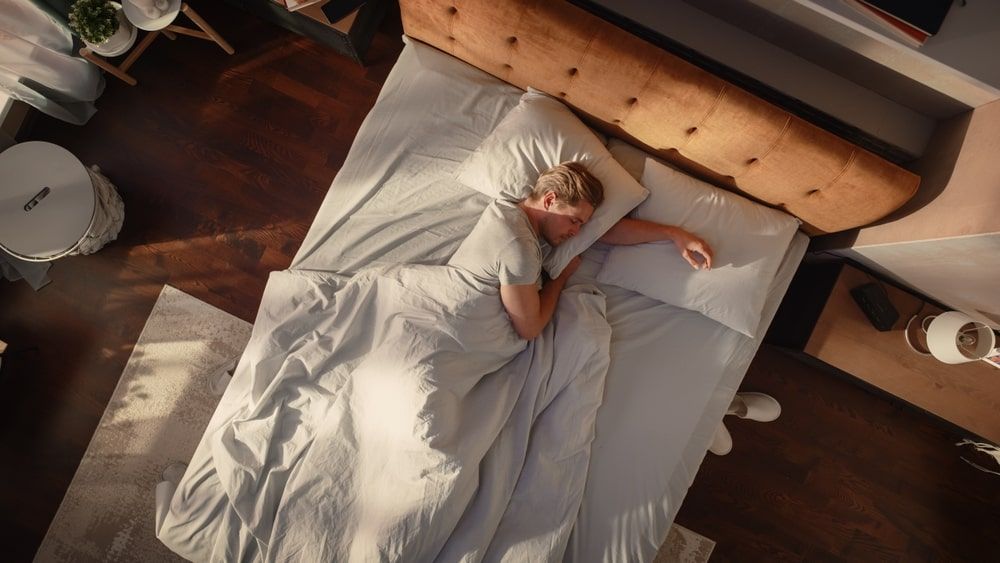Experiencing panic attacks can be a scary ordeal. They have a tendency to strike unexpectedly leaving you feeling completely out of control. What helps a panic attack? It’s crucial to know methods for managing and ideally stopping panic attacks in their tracks. It’s crucial to understand how to manage and ideally prevent them. This guide will explore panic attacks comprehensively, discussing their nature, triggers, and numerous strategies for regaining composure and finding relief. Whether you’ve personally encountered panic attacks or want to support someone who has, this information will be invaluable.
Understanding Panic Attacks
Before we dive into the strategies for stopping a panic attack it is vital to grasp what they are and why they occur. Panic attacks are episodes characterized by fear or anxiety that often manifest suddenly and reach their peak within a few minutes. These episodes often accompany symptoms such as increased heartbeat, difficulty breathing, trembling, excessive sweating as well as an overwhelming sense of impending doom.
Common Triggers of Panic Attacks
Chronic Stress:
Stress stands as one of the primary culprits behind the onset of panic attacks. Its sources are diverse, ranging from the pressures of work, financial worries, academic demands, relationship strains, to major life upheavals like relocation, job loss, or divorce. When stress levels soar, they create a fertile ground for heightened anxiety, rendering individuals more vulnerable to panic attacks.
Traumatic Events:
Previous traumatic encounters, such as physical or emotional abuse, accidents, or being a witness to harrowing incidents, can leave enduring psychological imprints. These traumatic memories may resurface, acting as catalysts for panic attacks, especially if there’s a triggering reminder or association with the initial trauma.
Phobias:
Specific phobias manifest as intense and irrational fears directed at particular objects, situations, or activities. For those grappling with phobias, exposure to their triggers can unleash intense panic attacks. Common phobias encompass fears of flying, heights, spiders, and public speaking.
Health Concerns:
Individuals who either have a condition or are worried that they might find themselves experiencing panic attacks. This is because the symptoms they may experience such as chest pain, difficulty breathing or feeling dizzy closely resemble those of an emergency. As a result their anxiety and panic levels can escalate.
Substance Use:
Whether it’s stimulants, recreational drugs, or indulging in excessive alcohol, recognizing their potential to trigger and intensify anxiety and panic is paramount. These substances disrupt your brain’s delicate equilibrium, leading to increased arousal and a higher likelihood of experiencing panic attacks.
Caffeine Use:
For those who savor their daily caffeine fix, it’s essential to grasp how it can heighten your susceptibility to anxiety and the onset of panic attacks. Caffeine’s widely recognized stimulating effects can accelerate your heart rate and jumpstart your body’s fight-or-flight response. Consequently, this substantially elevates the likelihood of encountering heightened levels of anxiety and panic. Being mindful of this connection can be crucial for those seeking to manage their anxiety more effectively.
Withdrawal from Medication:
Suddenly stopping medications that impact the central nervous system may result in withdrawal symptoms that mimic panic attacks. It is crucial to follow guidance from healthcare providers when discontinuing medications.
Sensory Overload:
Overstimulation from a loud, crowded environment or overwhelming sensory input can trigger panic attacks in some individuals. This is more common among individuals with sensory processing sensitivities or conditions like autism spectrum disorders.
Lack of Sleep:
Chronic sleep deprivation can increase overall stress levels and contribute to the development of panic attacks. Quality sleep is essential for emotional regulation and stress management.
Hormonal Changes:
Hormonal fluctuations, such as those that occur during menopause or in individuals with hormonal disorders, can lead to mood swings and increased susceptibility to panic attacks.
Catastrophic Thinking:
If you’re someone who tends to imagine worst case scenarios and constantly considers the potential outcomes in situations, it’s worth noting that this inclination can make you more prone to experiencing panic attacks. These thoughts have the ability to trigger your body’s fight or flight response leading to moments of panic. Decreasing negative thinking can help with stopping a panic attack through prevention.
Significant Life Events:
Major life events, whether positive, like getting married or having a child or negative like losing a loved one or going through a disaster can be incredibly overwhelming. They have the potential to provoke panic attacks so it’s crucial to recognize how these significant changes can impact your well being.
Social Anxiety:
Individuals who grapple with social anxiety disorder often experience panic attacks, in situations or when anticipating them. The fear of being judged or humiliated can induce anxiety. Navigating through this is something you may need to contend with.
Panic Disorder:
Some people may experience panic attacks due to a condition called panic disorder. This condition involves having recurring panic attacks and feeling worry, about experiencing more of them. If you find yourself in this situation it’s important to reach out for support and utilize resources to manage and cope with these repeated episodes.
Strategies to Stop a Panic Attack
Deep Breathing:
Deep breathing is a technique that enhances your oxygen intake, eases muscle tension, and redirects your focus away from distressing thoughts. To regulate your breath and soothe your nervous system, try practicing deep, diaphragmatic breathing. Inhale slowly through your nose, counting to four, then hold your breath for another count of four, and exhale gradually through your mouth, also for a count of four. This rhythmic 4-4-4 pattern effectively helps slow your heart rate and diminish the intensity of a panic attack. Stopping a panic attack is hard but focusing on decreasing physical symptoms with deep breathing is a safe start.
Grounding Techniques:
Grounding methods are designed to shift your attention from anxious thoughts and firmly root you in the present moment. These techniques engage your senses to create a strong connection with reality.Try the 5-4-3-2-1 method: Name five things you can see, four things you can touch, three things you can hear, two things you can smell, and one thing you can taste.
Progressive Muscle Relaxation:
Progressive muscle relaxation is a practice that can effectively release physical tension and induce a state of relaxation. Begin from your toes and work your way up to your head, deliberately tensing and then relaxing each muscle group in your body. Hold each muscle group tense for a few seconds and then gradually release. This methodical approach can effectively alleviate physical tension, contributing to an overall sense of relaxation.
Challenge Unhelpful Thoughts:
Challenging unhelpful thoughts helps you regain control over your thought patterns and reduce anxiety-inducing beliefs. Identify and challenge irrational or catastrophic thoughts that contribute to panic. Ask yourself if these thoughts are based on facts or assumptions, and replace them with more rational ones. What helps a panic attack varies, but challenging negative thoughts that cause you to spiral can prevent one.
Mindfulness and Meditation:
Mindfulness and meditation reduce overall anxiety and improve your ability to manage panic attacks when they occur by promoting calm and self-acceptance. Practice mindfulness by focusing your attention on the present moment without judgment. Meditation involves guided or unguided sessions that encourage relaxation and self-awareness.
Visualization for Calm:
Visualization is a powerful technique that can transport you to a place of tranquility, offering a respite from the grip of panic. Take a moment to gently close your eyes and let your imagination whisk you away to a safe and serene haven that fills you with relaxation. As you delve into this mental sanctuary, immerse yourself in its sights, sounds, fragrances, and textures. Allow the sensory experience to wash over you, bringing a profound sense of peace.
Seeking Support and Connection:
When the weight of panic bears down on you, sharing your emotions with a trusted confidant can be an immense source of relief. Reach out to a friend, family member, or therapist who has earned your trust. Engage in an open and candid conversation about your feelings and experiences; their attentive support and reassuring presence will envelop you in comfort, eradicating any sense of isolation.
Medication as a Last Resort:
In certain instances, medication may become a necessary tool for short-term relief. However, it’s imperative to approach medication under the guidance of a qualified professional while simultaneously incorporating therapeutic strategies. If panic attacks prove severe and significantly disrupt your life, it is advisable to seek consultation with a healthcare expert. They may prescribe medications such as benzodiazepines or selective serotonin reuptake inhibitors (SSRIs) to help manage these distressing episodes while working in tandem with therapeutic interventions.
Cognitive-Behavioral Therapy (CBT):
Cognitive-Behavioral Therapy (CBT) is a powerful approach that delves into the root causes of panic attacks while arming you with effective, long-term strategies to manage and prevent them. By engaging in CBT sessions with a skilled therapist, you gain a valuable toolset.This structured form of talk therapy empowers you to pinpoint and transform the thought patterns and behaviors that contribute to panic attacks. What helps with a panic attack differs by person, but CBT generally helps as it addresses the thoughts and situations that cause the attack..
Lifestyle Changes:
Shifting to a healthier lifestyle holds the potential to significantly reduce anxiety levels and enhance your capacity to deal with panic attacks. It’s crucial to incorporate specific changes into your daily routine that actively reduce stress and anxiety. This includes prioritizing regular physical activity, maintaining a balanced and nourishing diet, ensuring you get adequate restorative sleep, and consciously limiting your consumption of caffeine and alcohol. These lifestyle adjustments provide a solid foundation for managing anxiety and panic attacks effectively, complementing therapeutic approaches like CBT.
Learn how to stop a panic attack with a NYC anxiety therapist!
Dealing with a panic attack can be really tough, but remember, you’re not alone in this. It’s important to figure out what’s causing them and learn how to stop having a panic attack. Panic attacks can happen for various reasons and can catch you off guard. At Uncover Mental Health Counseling, we’re here to help you stop panic attacks and give you the tools you need. If you’re struggling with panic attacks, follow these steps:
- Get in touch with Uncover Mental Health Counseling for a free consultation call.
- Schedule your first session with an anxiety therapist in NYC who specializes in managing panic attacks.
- Start your journey to understand and put an end to panic attacks. We’re here to support you all the way.

